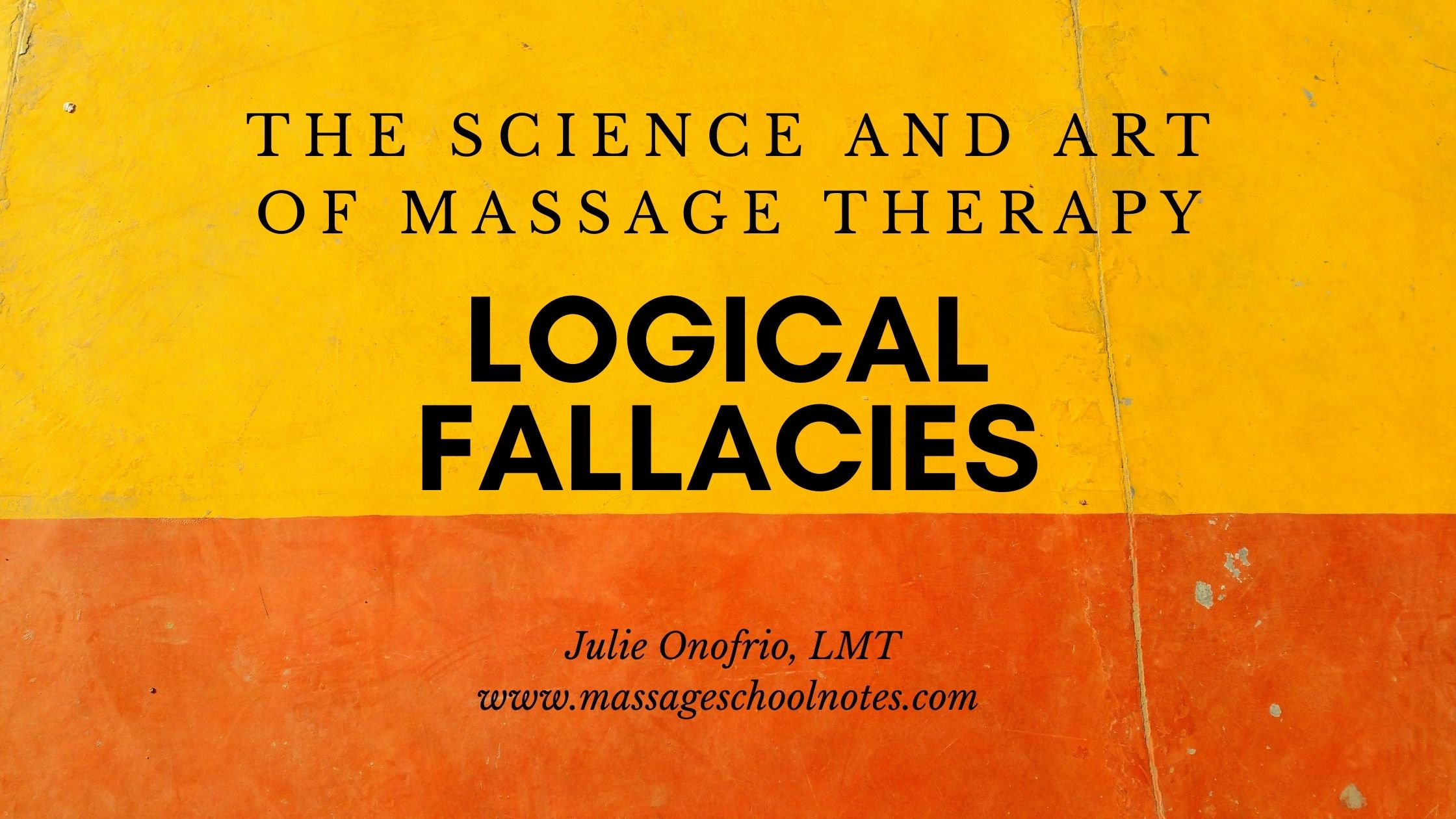Category: Massage Research
-

The Art of Massage
Learning anatomy, physiology, kinesiology and pathology along with basic massage skills are required as the building blocks to creating the art of massage. At first your hands are unknowing and don’t know what they are feeling. Your massage school teaches you basic routines to follow so you can learn various ways to safely touch. Learning…
-
Traditional Healing Methods in the massage profession
The massage profession also includes many traditional healing methods that are not scientifically supported. It is important to understand Science Literacy and pseudoscience to understand the role traditional healing methods have in the massage profession. From my post on Science Literacy: It can help inform the science community of things to be studied. Many types…
-
Being Skeptical in the Massage profession
The definition of a skeptic is someone who thinks about and question things. Many definitions will include the word doubt…people who doubt things. People will say “I am skeptical or I am doubtful” about that. Skepticism goes beyond doubt and requires that you understand Science and understand pseudoscience and critical thinking. The scientific method is…
-
Interpreting Evidence for Massage Therapists
So we have all these research studies that are written up but now what? How do we use those studies? How do we connect research to practice? What does it mean for YOUR massage practice or business? Peer Review. What is it and why do we need it? What is peer-review anyway? Peer review is…
-

Logical Fallacies
There is a whole list of other types of logical fallacies ( From Excellcior Online Writing Lab) or inaccurate ways of thinking that get in the way of science. The Strawman – A straw man fallacy occurs when someone takes another person’s argument or point, distorts it or exaggerates it in some kind of extreme…